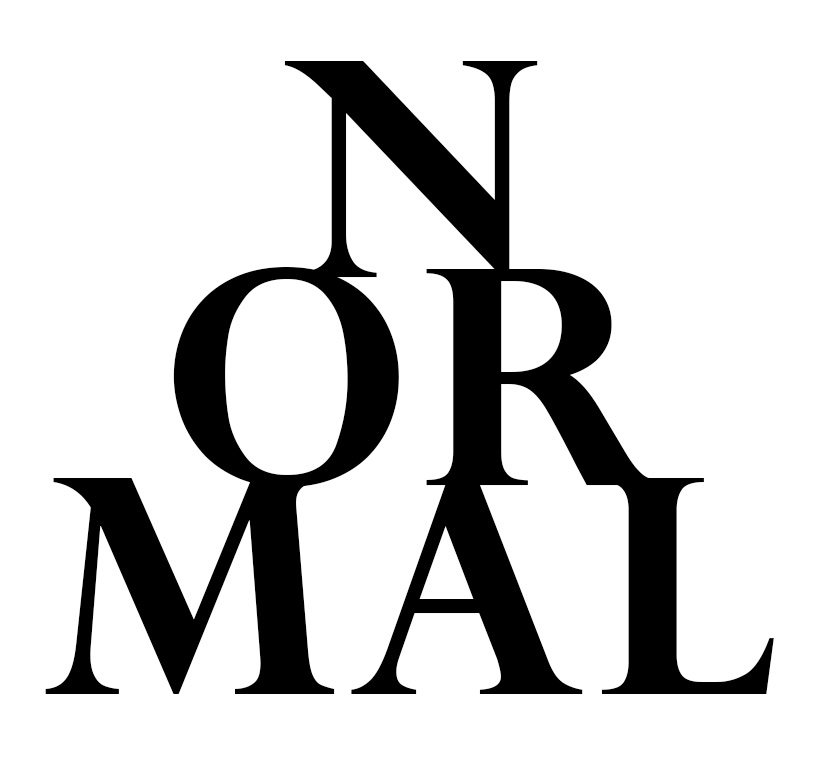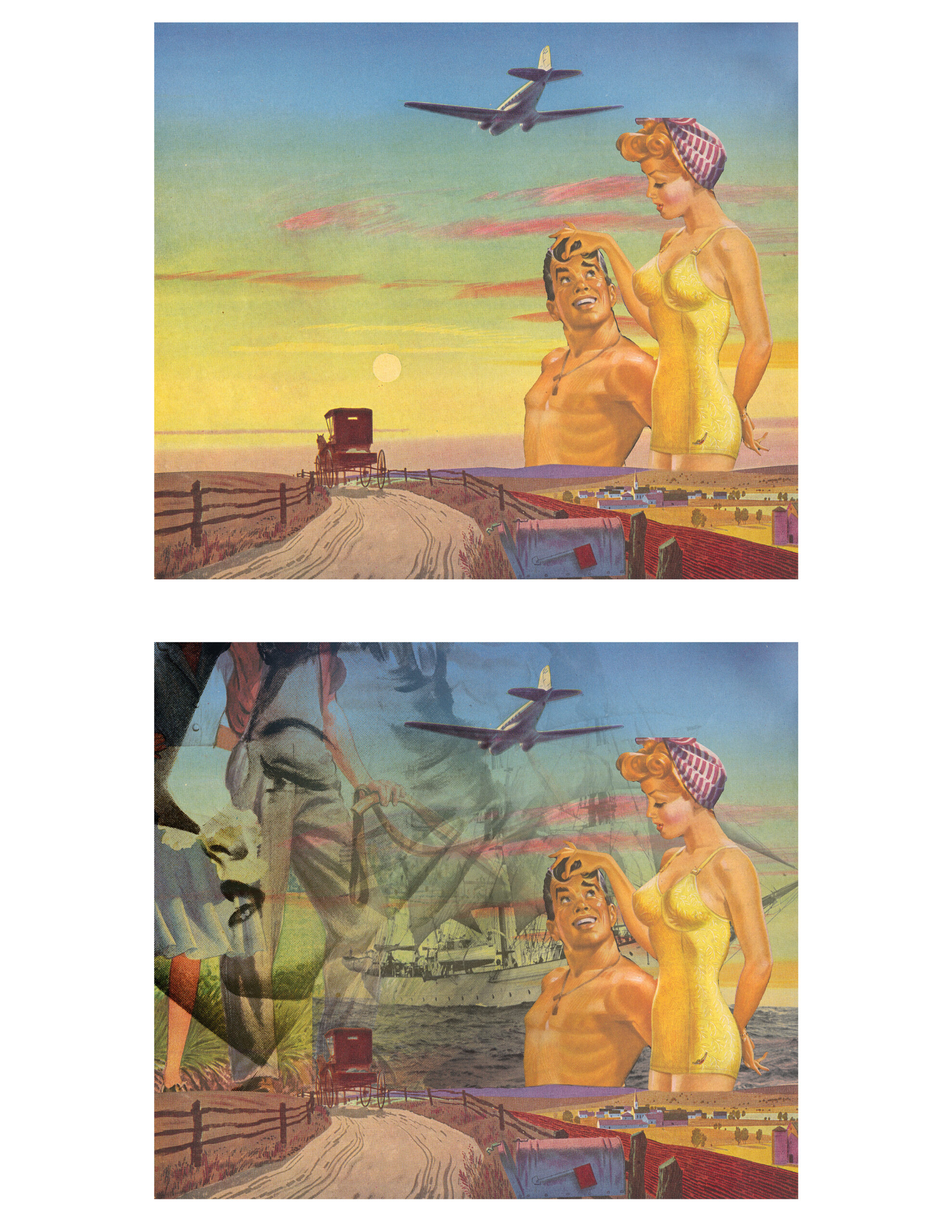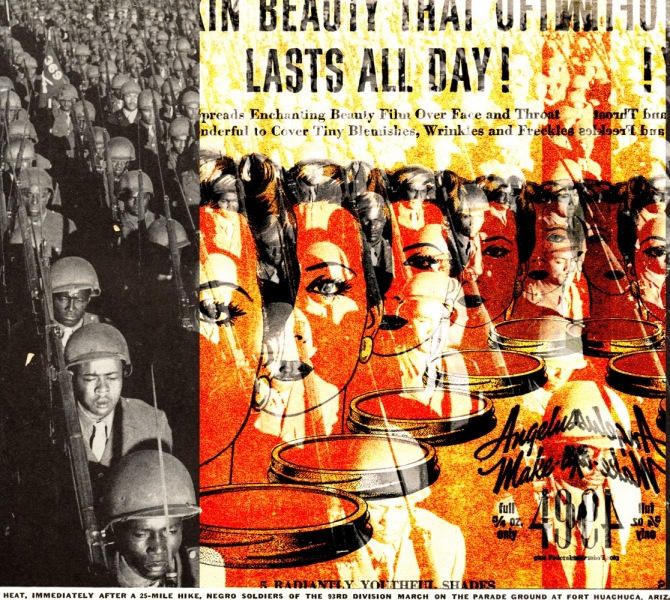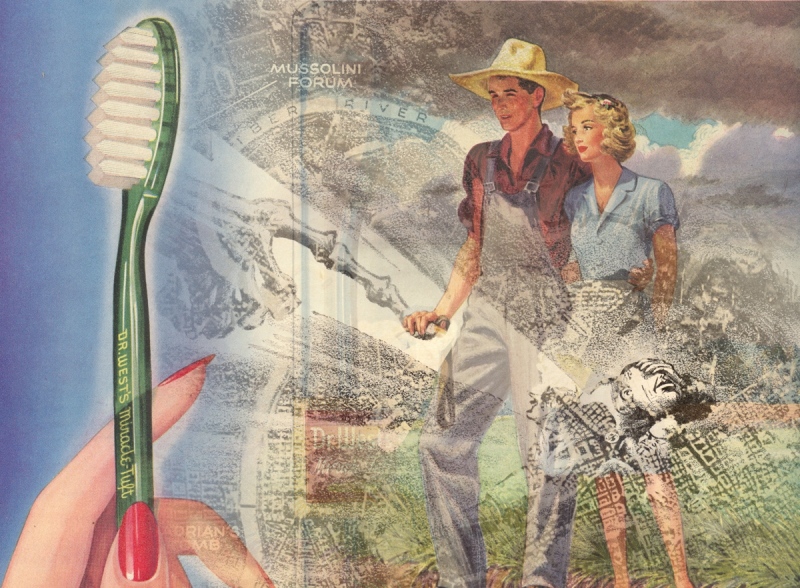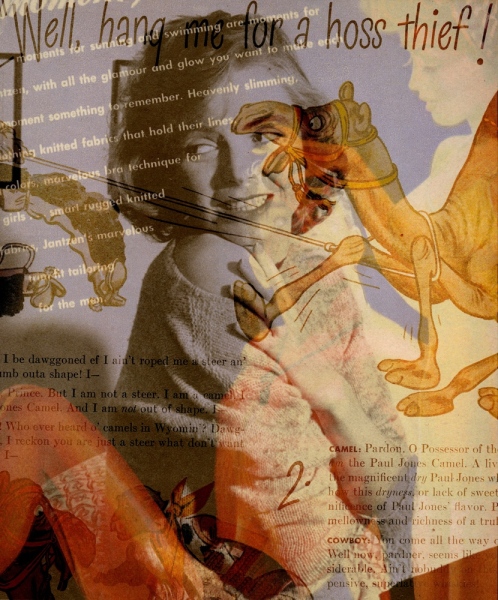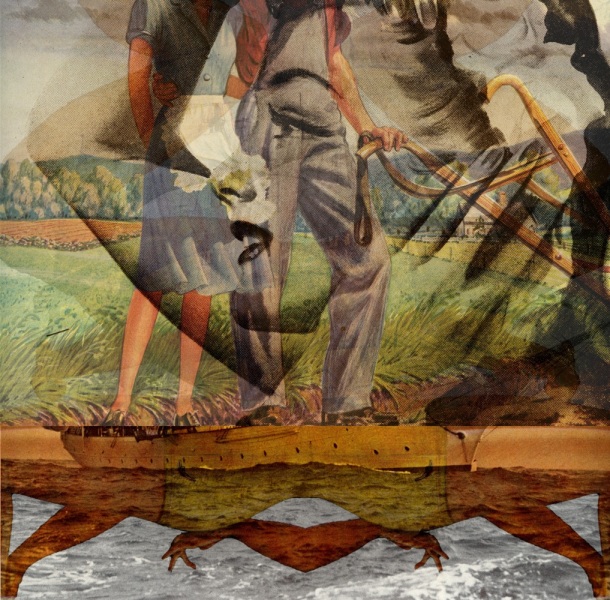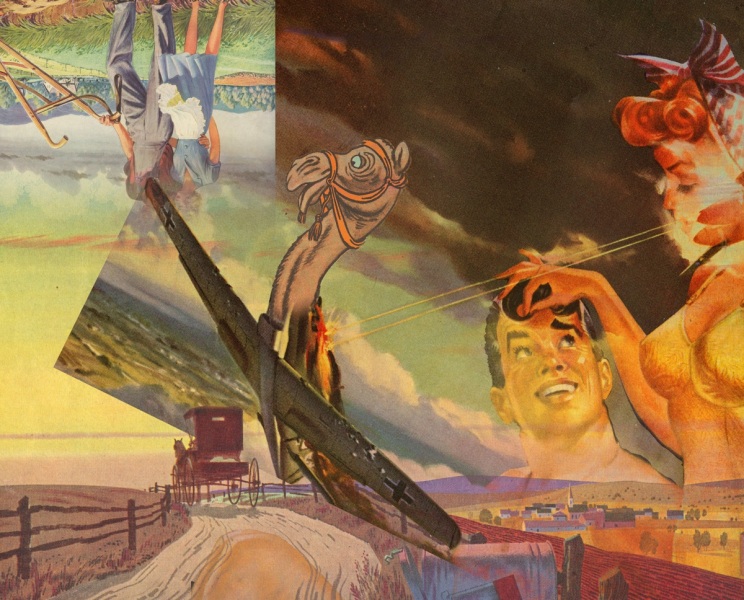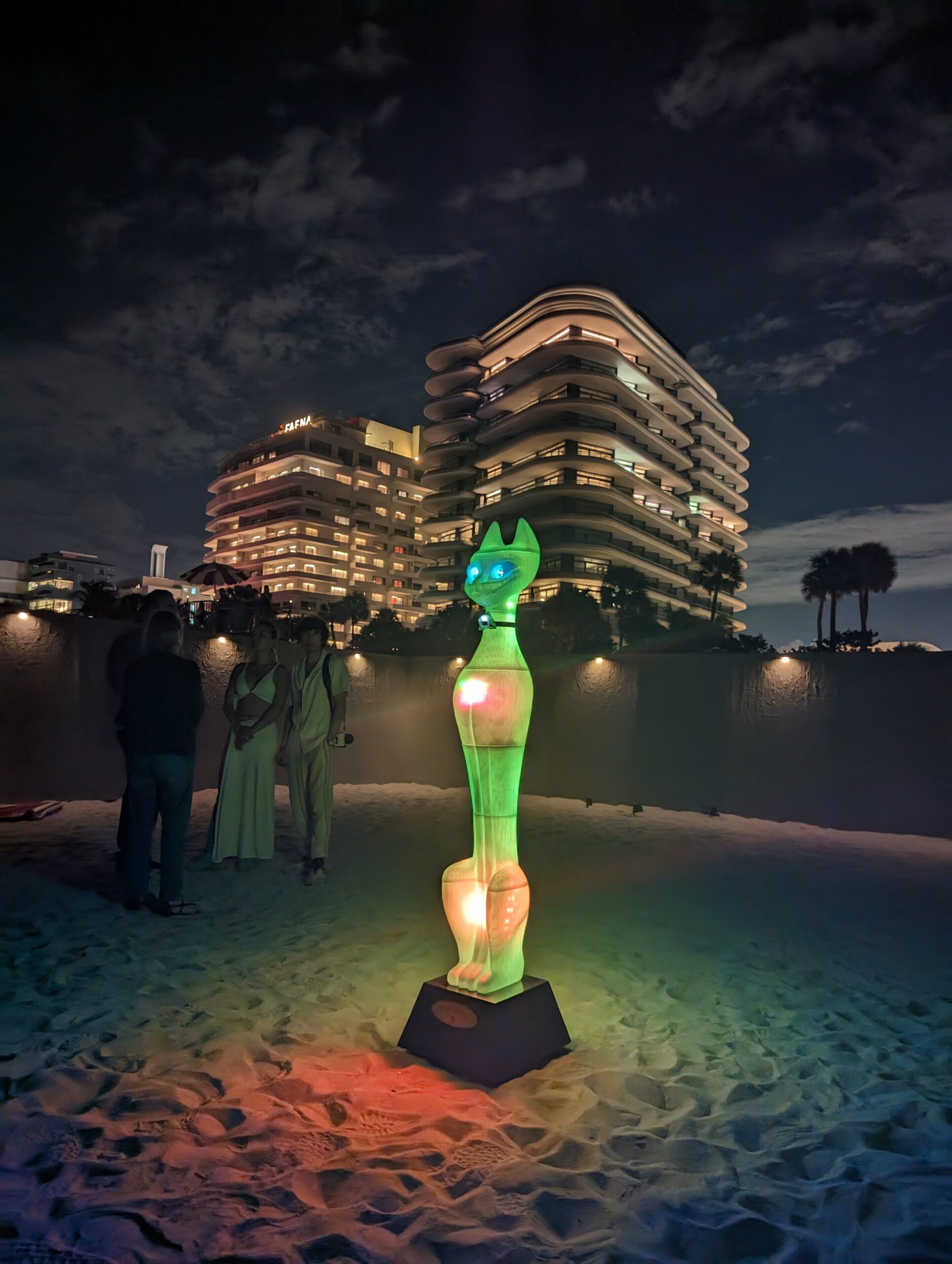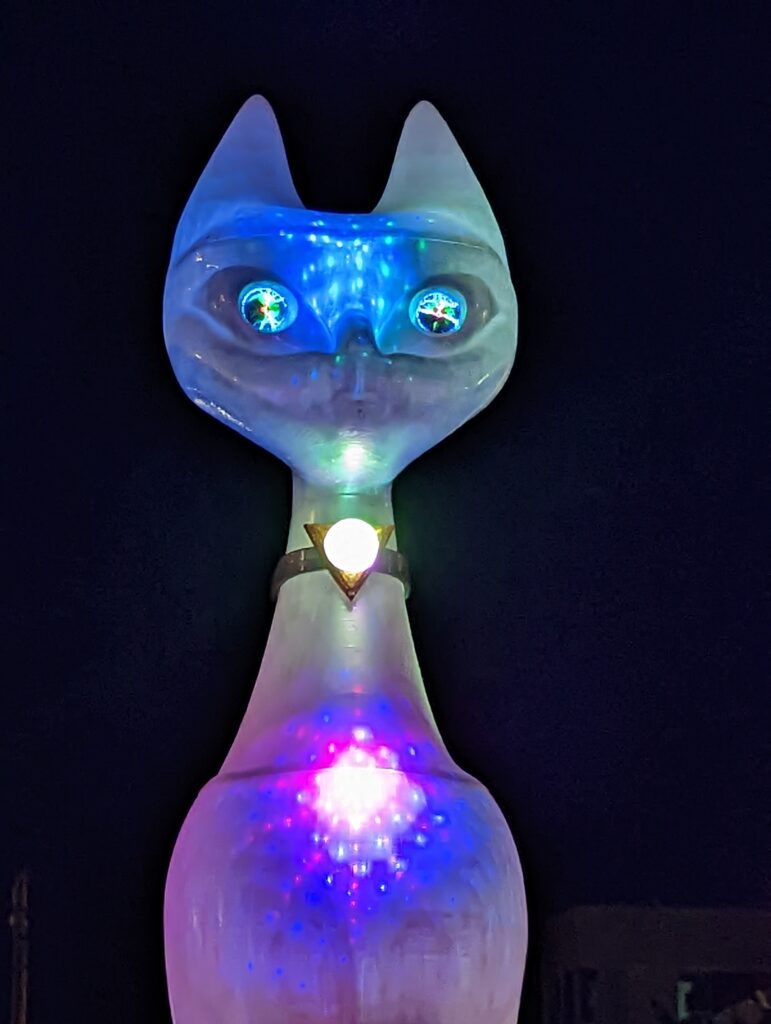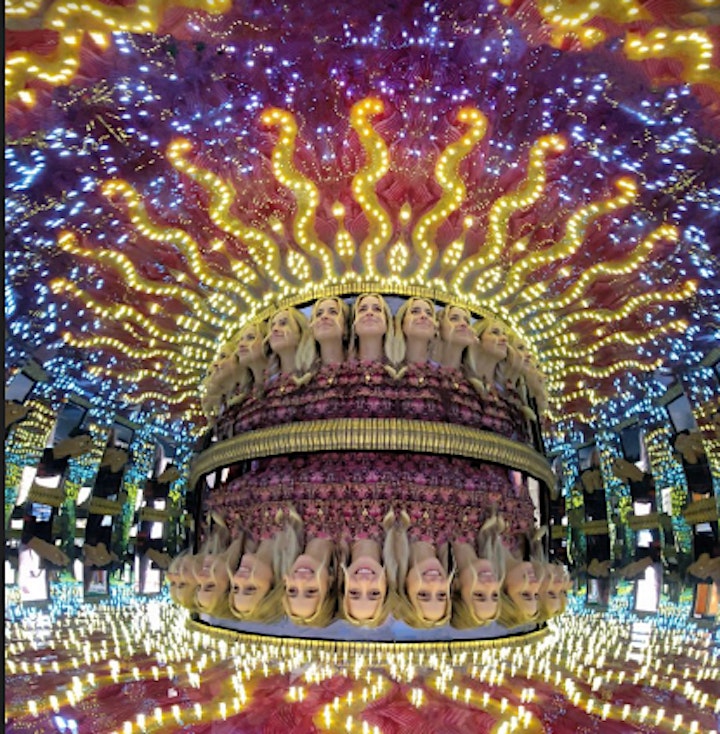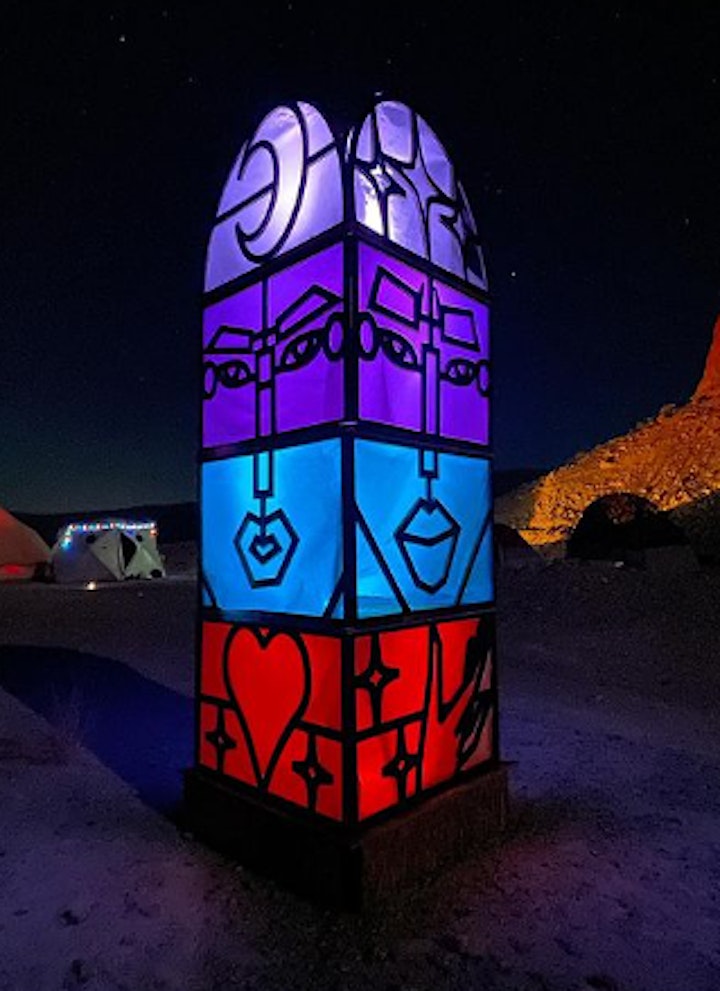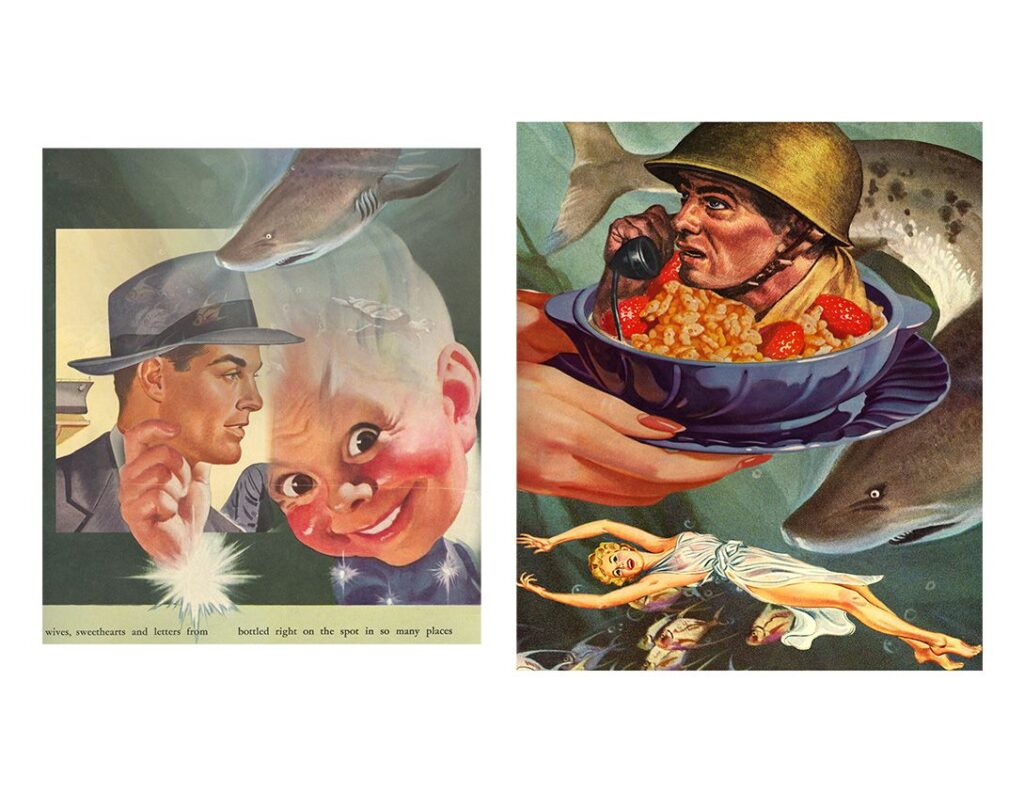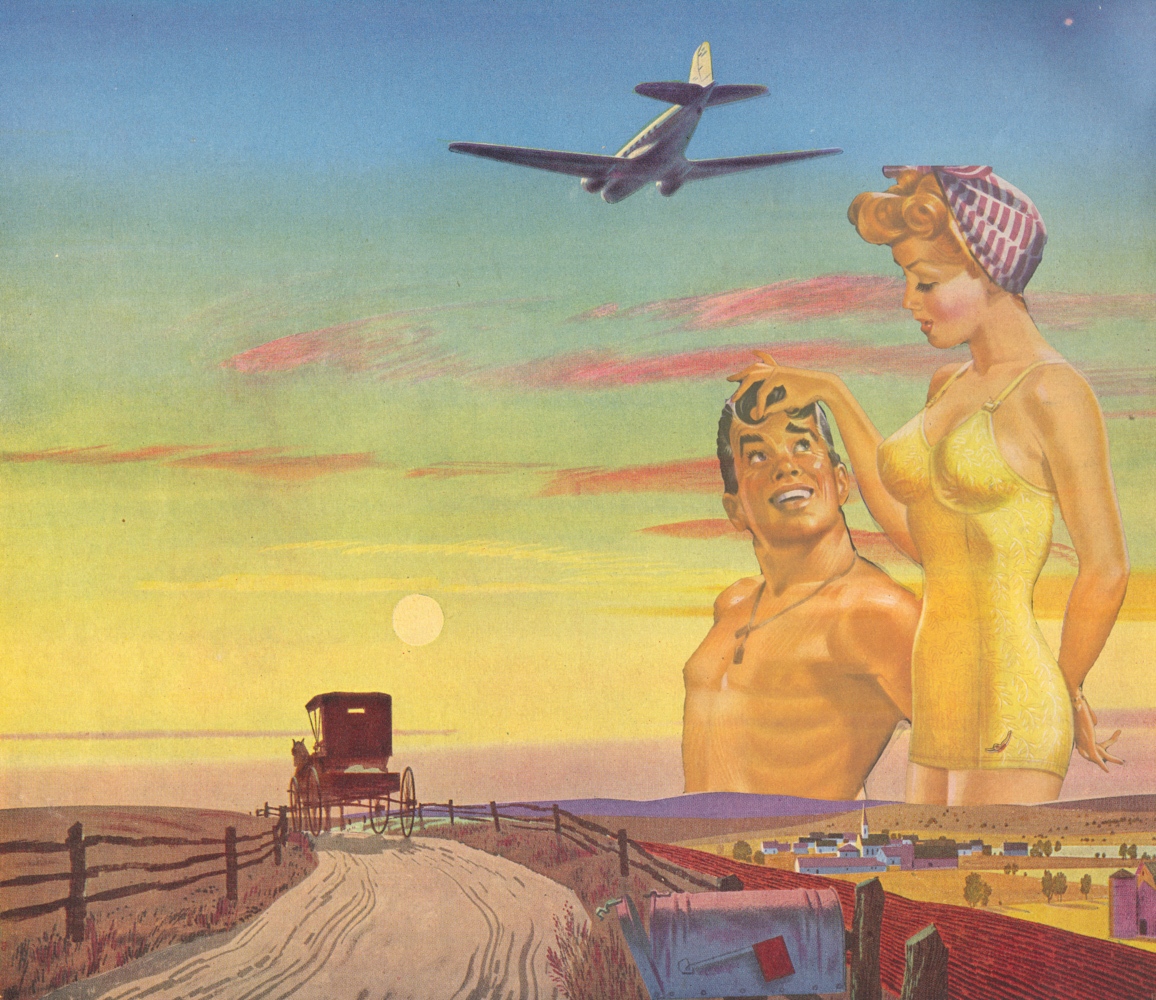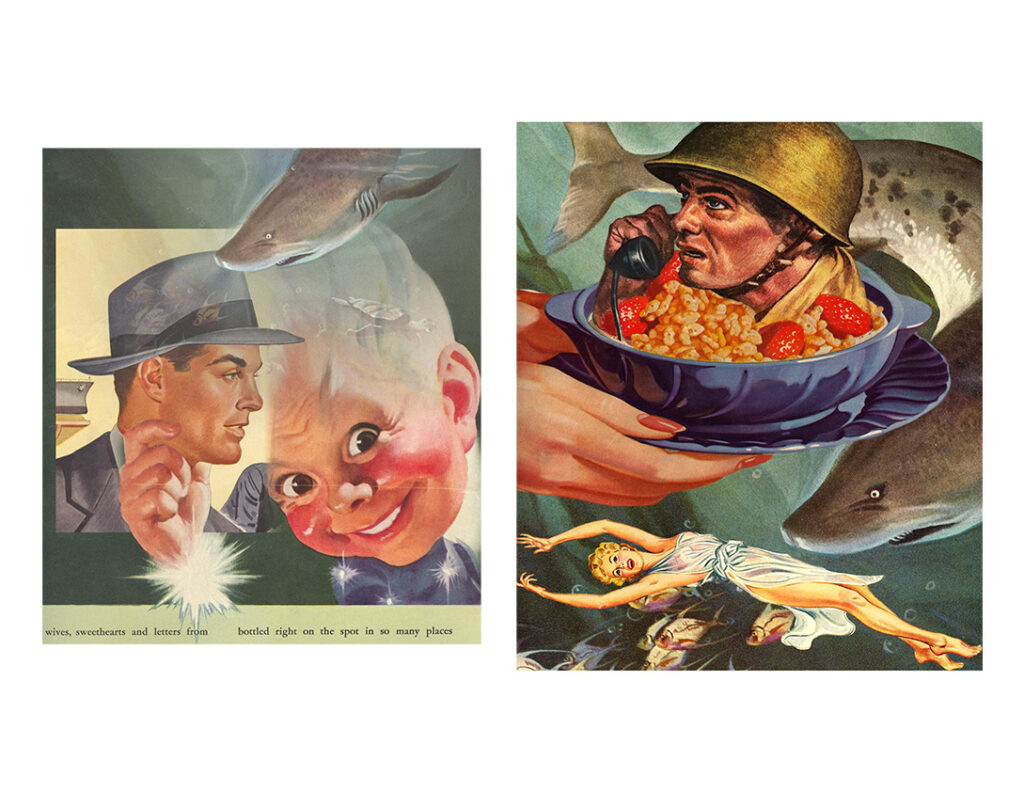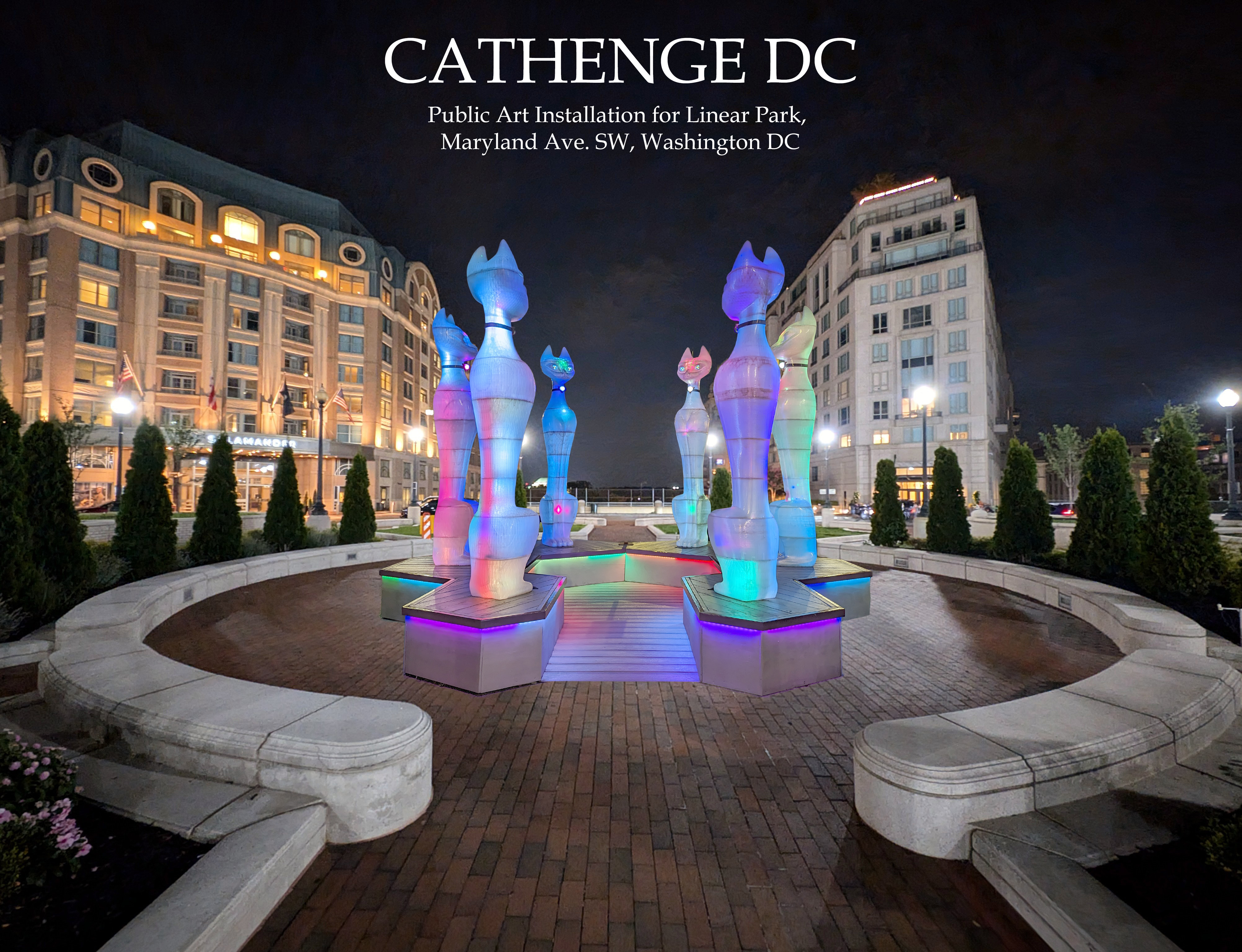
Would you like to see Cathenge installed as public art in SW DC?
Support artist David Normal’s goal of installing Cathenge in “Linear Park” the park in the roundabout at the terminus of Maryland Av. SW in DC SW, Ward 6.
Cathenge DC is in proposal to the DC Commission on Art and Humanities for consideration in the “Public Art Building Communities” grant program that awards funds annually for new public art throughout Washington DC. The grant deadline is July 22nd 2025.
As a 3D printed sculptural installation, Cathenge represents the leading edge of ambition for the artistic application of large format additive printing. The sculptures are a multi-media fusion: 3D printing, LED lighting, lasers, sound, vibration and electronic interactive sensing are integral to the effect and provide visitors with a direct and palpable experience of the mystical Space Cat consciousness.
Visitors to Cathenge experience the majesty of the Catoliths through their interactive sound and lights. People moving within the circle of cat statues are detected by LiDAR beams. Soft harmonic purring tones and synchronized pulsing lights are generated which respond directly to the movement. These interactive light and sound effects evoke the power of Holofelinity.

Cathenge DC Visualization

Proposed Site of Cathenge: “Linear Park”, Maryland Ave. SW, Washington DC

The Catolith. Mystic cat statue of the Ancient Space Cat.

Cathenge at Patricia’s Green, Hayes Valley, San Francisco
Currently, “Cathenge DC” is being proposed to the DC Commission on Arts and Humanities for their “Public Art Building Communities” (PABC) grant which provides funding for public art installations that foster and strengthen community throughout Washington DC.
Background:
Cathenge was on display for 16 months, from October 2022 to March 2024, in downtown San Francisco. Sponsored by the San Francisco Arts Commission, it was displayed at the prestigious Patricia’s Green sculpture site in the fashionable Hayes Valley district of SF near the Davies Symphony Hall.
Cathenge began as a Burning Man Foundation funded “Honorarium Project” that was presented at the annual Burning Man arts festival in the Black Rock Desert of Northern Nevada.
“Cathenge DC” will be a newly revised and improved version of the recent SF installation that features great improvements in the sound and light interactivity of the installation the SF Standard called “Insanely Popular”.
Press:
https://sfstandard.com/2022/11/17/cathenge-comes-to-sf
About the Artist:
David Normal is a painter, animator, and installation maker based in the SF Bay Area. Normal got his start making fliers for the hardcore punk scene in the Bay Area in the mid-80s. Normal began contributing to the Burning Man Festival in the mid ‘90s. Normal’s accomplishments were recognized in a solo exhibition of lightbox-murals at the British Library in
London in 2015, “Crossroads of Curiosity”. In 2022 he created “Cathenge”, the Cat Temple, for the San Francisco Arts Commission. This public art installation was displayed at Patricia’s Green Park in Hayes Valley, San Francisco from October of 2022 through March of 2024. Currently David Normal has newly established a studio in West Oakland for producing 3D printed installation art.
@postnormalism
@cathenge_cat_temple
https://davidnormal.net
http://cathenge.net
http://crossroadsofcuriosity.org
More info about Cathenge can be found on the website:
About Cathenge
Note: This proposal was begun in 2023, but couldn’t be completed in time for the 2023 grant cycle, so I am finishing it now, and hope to turn in the grant by the deadline on July 22nd 2024.
For the seriously interested:
Here is a link to the proposal draft underway. You can learn all about Cathenge DC by reading the answer to the DC CAH questions:

